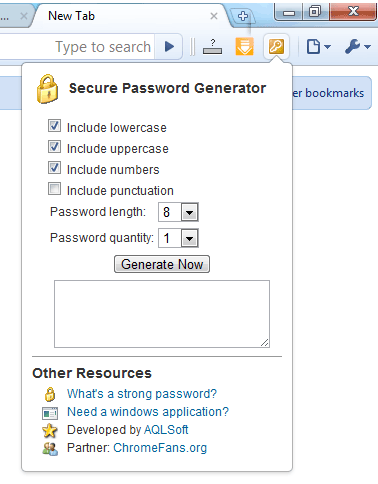
Scripting on this page enhances content navigation, but does not change the content in any way. = the Middleware Home directory into which OER is installed Oac.xml = the Export to API Catalog configuration file > encrypt.bat /user_projects/domains/ /config_oer/oac.xml /user_projects/domains/ /config_oer/oac.xml Navigate to the ORACLE_HOME/oer/modules/tools/solutions directory.Įxtract the 12.1.3.0.0-OER-PasswordTools.zip file to a directory and open a command prompt at this directory location.įrom a command prompt, run the password encryption tool as follows: The password encryption tool, ( encrypt.bat/ encrypt.sh), which is found at oer/modules/tools/solutions/12.1.3.0.0-OER-PasswordTools.zip, allows you to encrypt the passwords that are stored in the Export to API Catalog configuration file ( oac.xml). To ensure security, the passwords in the Export to API Catalog configuration file ( oac.xml) must be encrypted. Section 12.1.1, "Encrypted Passwords Used in Oracle Enterprise Repository Deployment"ġ2.2.4 Export to API Catalog Configuration File This section also contains the following topics:

This is the online version of the password. Dalenryder Password Generator is a collection of tools that help you to stay safe online. Encrypt and decrypt files in three easy steps. The 12.1.3.0.0-OER-PasswordTools.zip file has two scripts (for Windows and Unix):Įncrypt.bat/encrypt.sh - encrypt an xml config file's password elementsĮncryptpassword.bat/encryptpassword.sh - encrypt a single password from the command line Protect the files with a password that you should give the receiver of the file to allow him or her to decrypt the encrypted file. The password encryption tool can be found at /oer/modules/tools/solutions/12.1.3.0.0-OER-PasswordTools.zip. Scroll down to the Tools section and click the Encrypt Strings for passwords link to launch the Password encryption page.Įnter the clear text password into the String to Encrypt text box.Ĭopy the resulting encrypted password string and paste it into the appropriate context or properties file(s). See Section 1.9, "Accessing Oracle Enterprise Repository Diagnostics Page" for information about enabling the diagnostics page. Please contact your Oracle Enterprise Repository. If the diagnostics page is disabled, the following message is displayed:ĭiag pages are currently disabled. To see if the diagnostics page is currently disabled, navigate to (replace host_name with the appropriate location). Don’t forget to provide us with your valuable feedback in the comments below.In Oracle Enterprise Repository 12 c release, Oracle Enterprise Repository Diagnostics page is disabled by default. If you know any such tips and tricks you may send us your tips at, your tip will be published under your name and also we will include it in our future article. # echo U2FsdGVkX18Zgoc+dfAdpIK58JbcEYFdJBPMINU91DKPeVVrU2k9oXWsgpvpdO/Z | openssl enc -aes-256-cbc -a -d -salt -pass pass:tecmint Decrypt the above string using openssl command using the -aes-256-cbc decryption. Here in the above example the output of echo command is pipelined with openssl command that pass the input to be encrypted using Encoding with Cipher (enc) that uses aes-256-cbc encryption algorithm and finally with salt it is encrypted using password ( tecmint).ĥ. # echo Tecmint-is-a-Linux-Community | openssl enc -aes-256-cbc -a -salt -pass pass:tecmint Encrypt a string say “ Tecmint-is-a-Linux-Community” using aes-256-cbc encryption using password say “ tecmint” and salt. Moreover, mkpasswd is interactive and if you don’t provide password along with the command, it will ask password interactively.Ĥ. Note you can input anything of your choice as salt.

It will output the same result every-time. Hence every time you run the below command it will generate different output because it is accepting random value for salt every-time. The salt value is taken randomly and automatically. The below command will encrypt the password with salt. Make sure you have installed mkpasswd installed before proceeding. Salt is a random data which servers as an additional input to one way function in order to protect password against dictionary attack. Provide salt manually as well as automatically. Encrypt a password using crypt along with salt. Generate 7 random password of 20 characters.

Generate a random password of character length 50. Generate a random password of character length 10. If not! Try installing the package ‘makepasswd’ using Apt or YUM. Before you can fire makepasswd command, make sure you have installed it. You may use ‘ makepasswd‘ to generate random, unique password of given length as per choice. Generate several random unique passwords of character length 50 in one go! $ pwgen 50Ģ.


 0 kommentar(er)
0 kommentar(er)
